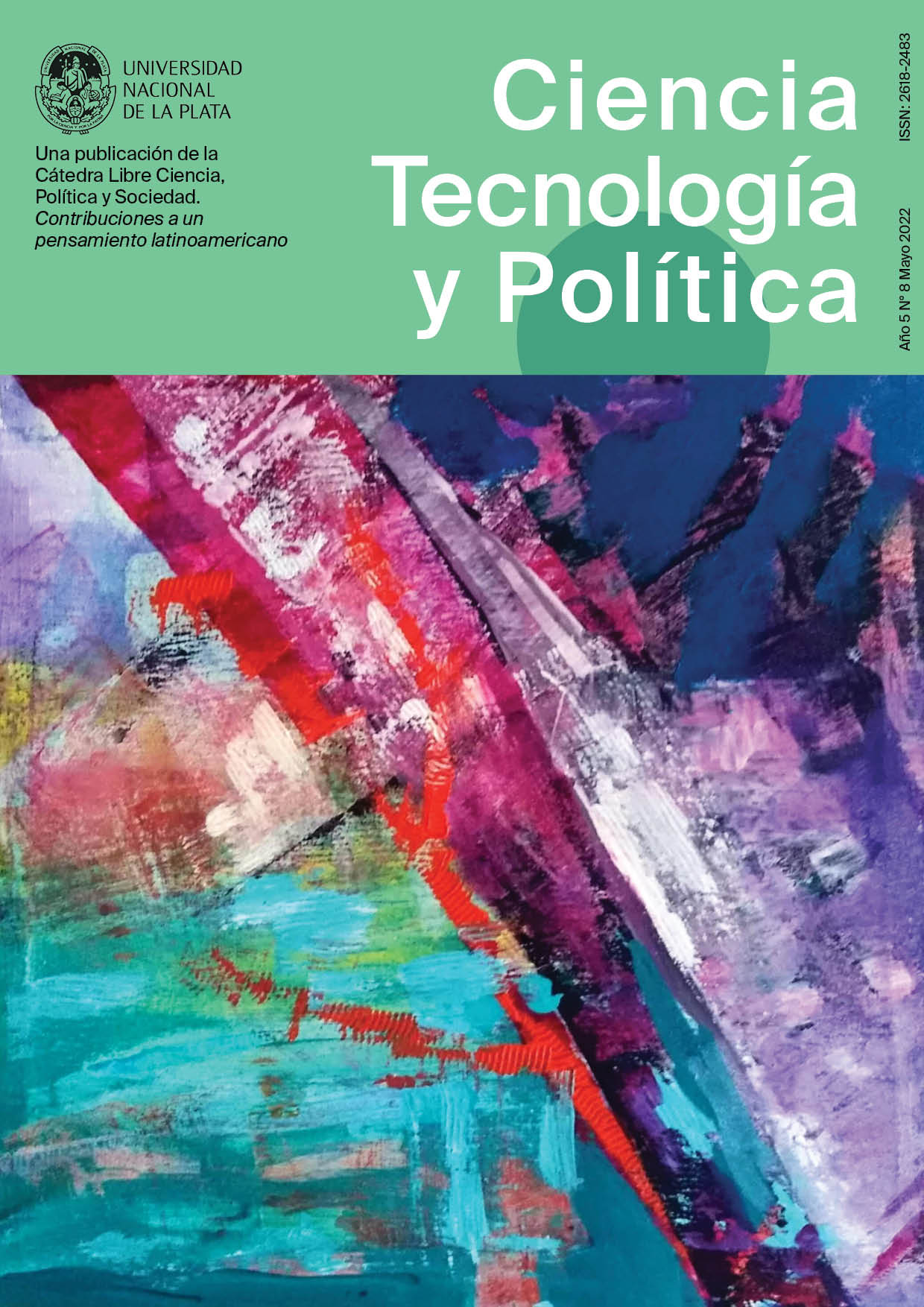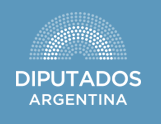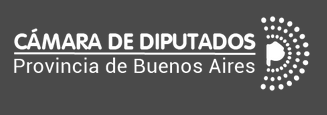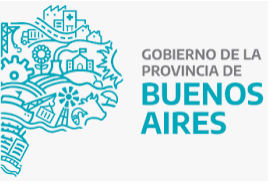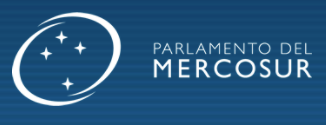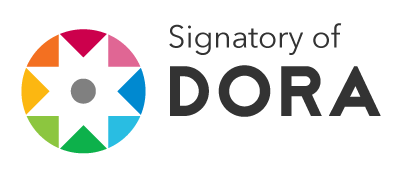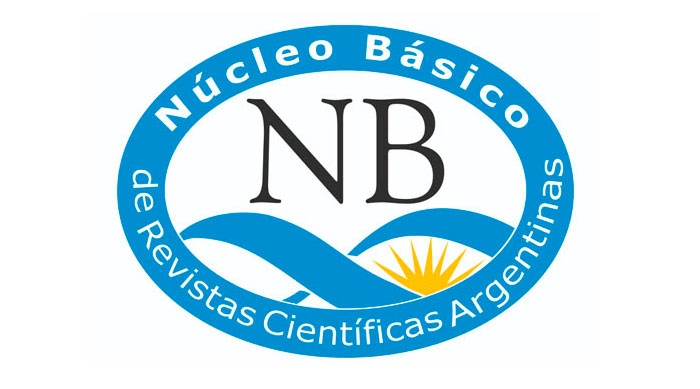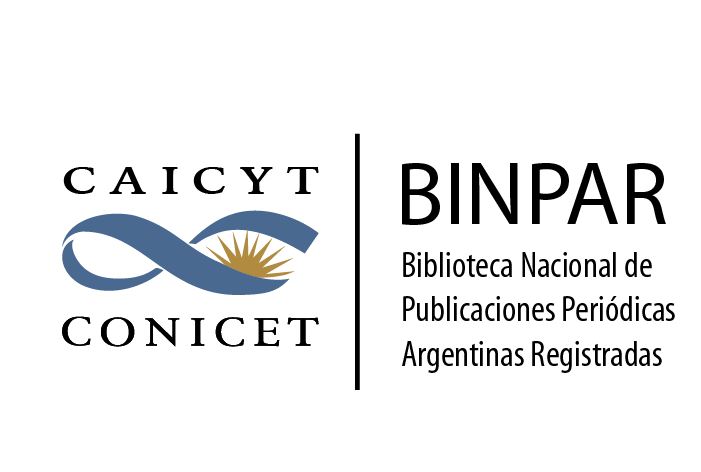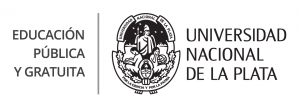A model of committed, collective and interdisciplinary science
Interview with the Argentine Forensic Anthropology Team (EAAF)
DOI:
https://doi.org/10.24215/26183188e069Keywords:
interdisciplinary approach, Forensic Anthropology Team, Forensic anthropology, EAAFAbstract
We interviewed the Argentine Forensic Anthropology Team (EAAF), an international benchmark in the search for and restitution of the identity of disappeared people. For his work in more than sixty countries and his commitment to human rights, he has received countless recognitions and awards around the world. Natalia Federman is a lawyer, Doctor of Human Rights and, since 2022, executive director of the EAAF. She has participated in the investigation of crimes committed by the last Argentine military dictatorship for more than 20 years. Mercedes Salado Puerto is a Doctor in Biology and Forensic Anthropologist. She has been a member of the EAAF since 2003. She currently coordinates the Forensic Identification Unit. She has acted as an expert and advisor in numerous investigations and training missions in several countries.
Downloads
Metrics
Published
How to Cite
Issue
Section
License
Copyright (c) 2022 Natalia Federman, Mercedes Salado Puerto, Gabriel Bilmes, Santiago Liaudat

This work is licensed under a Creative Commons Attribution-NonCommercial-ShareAlike 4.0 International License.
The authors whose texts are published in this Journal surrender their ownership rights in favour of the editor in a non exclusive manner, i.e. the authors can enter into other independent and additional contracts to publish their text, e.g. including it in an institutional repository, thematic or otherwise, publish it in a book, or others, as long as it is overtly stated that the work was first published in this Journal.
The responsibility for each published paper as regards its content relies exclusively on its authors, holding the editors harmless for any legal liabilities.
The texts of the Journal shall be published under the Creative Commons 4.0 BY-NC-SA license. Therefore, the editors are free to:
1) Share, copy and redistribute the material using any means or format.
2) Adapt, remix, transform and create from the material, under the following conditions:
a) Attribution — credit to this work must be given in an appropriate manner, providing a link to the license and indicating if changes have been made.
b) Non-Commercial Use — no use may be made of the published material for commercial purposes.
c) Share Equal — Authors remixing, transforming or creating from the material must distribute their contribution under the same license as the original.

